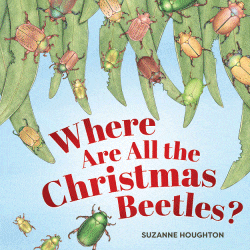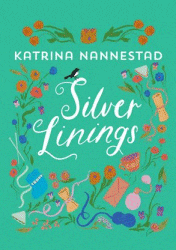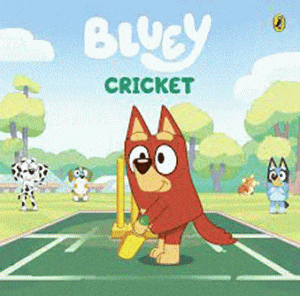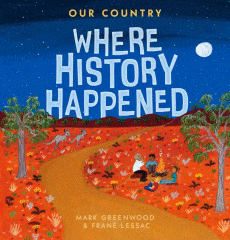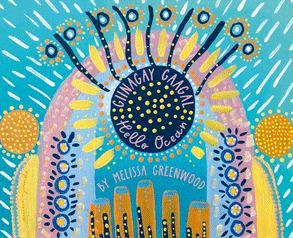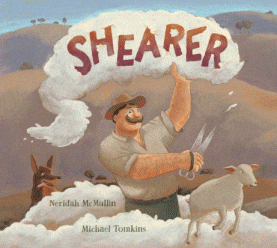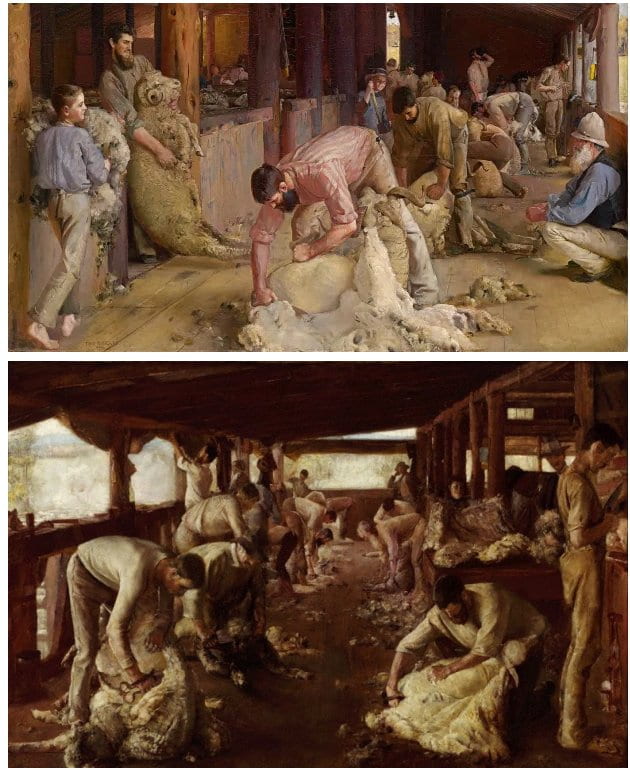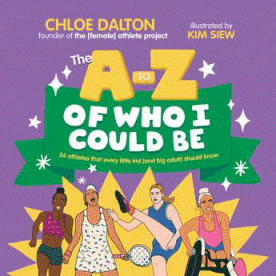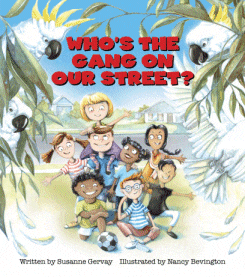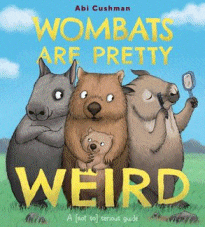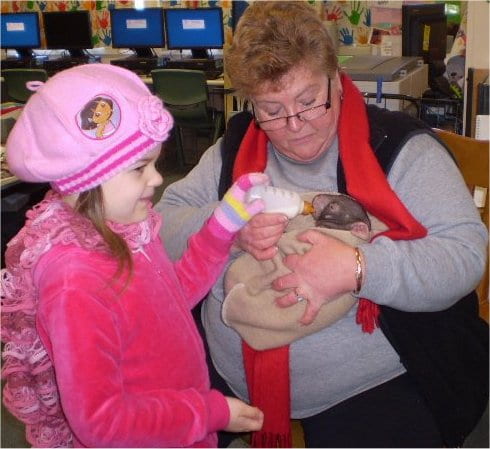
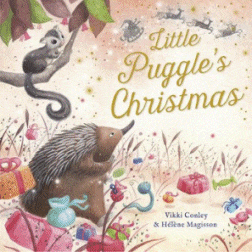
Little Puggle’s Christmas
Little Puggle’s Christmas
Vikki Conley
Hélène Magisson
New Frontier, 2023
32pp., hbk., RRP $A26.99
9781922326812
Christmas is Puggle’s favourite time of the year as everyone helped to put together a very special day for each other. All he wanted to do was help them as they went about their special tasks, and to their credit, Long Tail, Lacy Tail and Mama Grey were willing to let him try. But even though he told his legs and his claws and his arms to be careful, somehow things didn’t go as planned. What can you offer when all you are clumsy, spiky and waddly? Despondent, Little Puggle wandered away and sat looking at the sparkly night sky. And then he made a special wish on a falling star…
We first met Little Puggle when he saved the bush choir’s performance to celebrate the birth of the emu chicks, and to have him back with a special Christmas story complete with the most glorious illustrations is a treat in itself. Once again the message of being yourself and making the most of what you can do is strong, and will particularly resonate with young readers who also want to help with the preparations in their own home but are just a little bit little to do some things. But, maybe instead of wishing upon a star, the family could work out just what they could do and that becomes their personal task to be responsible for – even if it’s just making sure the presents are still under the tree each morning!
Loved it!
